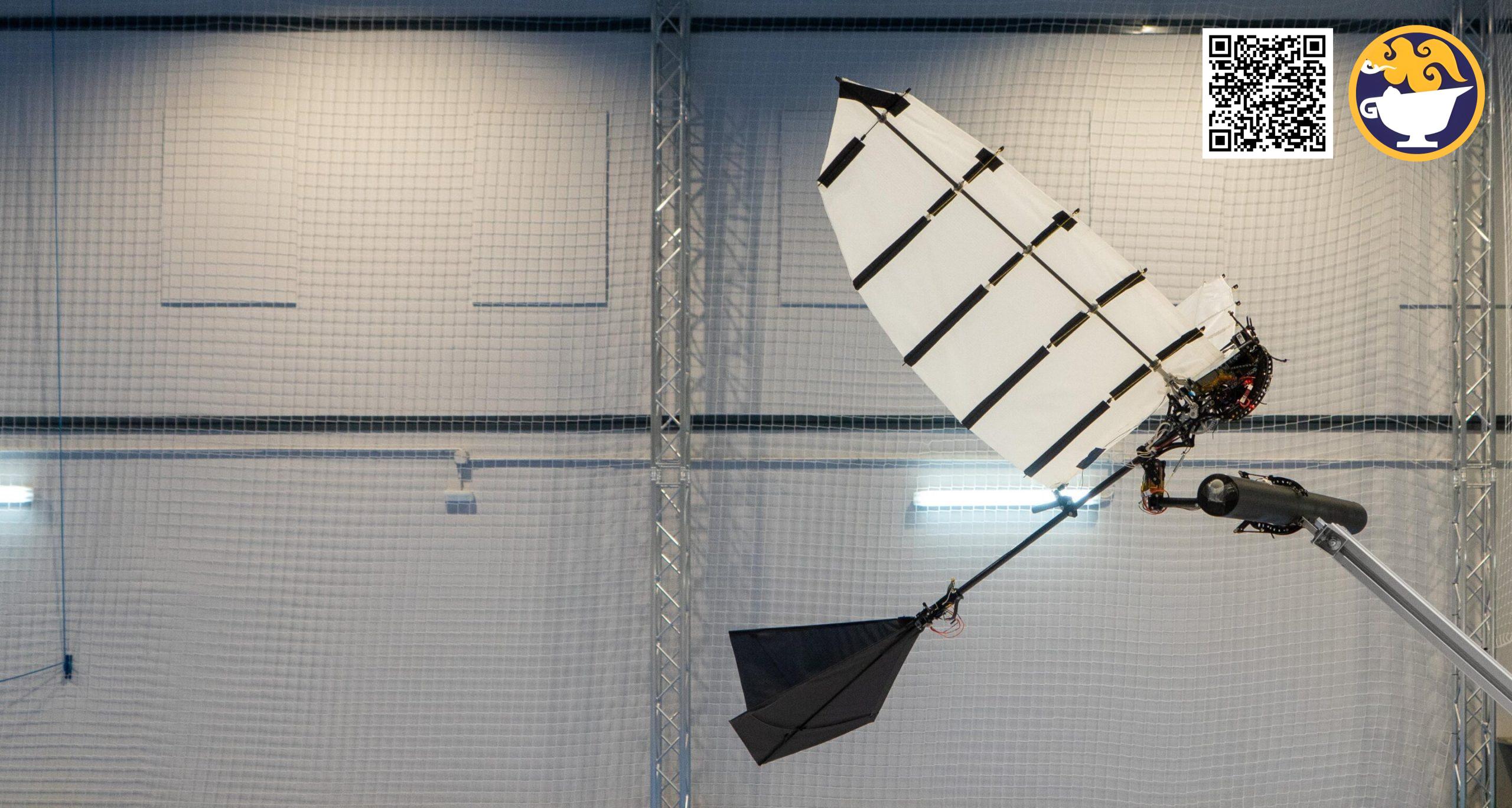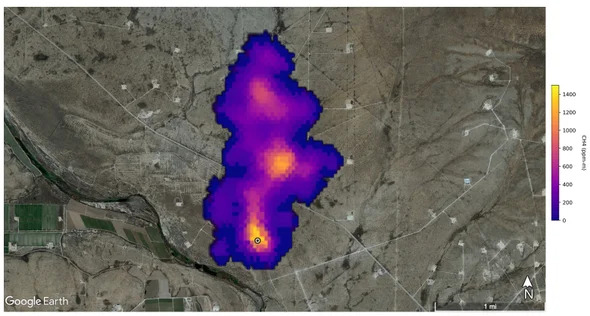Researchers at EPFL have created a technique that enables a flapping-wing robot to autonomously land on a flat platform using a claw-like device. The development might greatly broaden the range of duties that can be assisted by robots.
Although the act of perching appears to be quite simple when a bird lands on a limb, it actually requires a very precise balance of time, high-impact forces, speed, and precision. No flapping-wing robot (ornithopter) has been able to master it till now because it is such a difficult maneuver.
In a new Nature Communications work, Raphael Zufferey, a postdoctoral researcher in the Laboratory of Intelligent Systems (LIS) and Biorobotics ab (BioRob) in the School of Engineering, is the first author and describes the special landing gear that enables such perching. Together with colleagues from the University of Seville in Spain, where the 700-gram ornithopter was created as a component of the European project GRIFFIN, he constructed and tested it there.
“This is the initial stage of a bigger undertaking. An ornithopter has the ability to perform specialized tasks, such as discretely collecting biological samples or measurements from a tree, after it has mastered landing autonomously on a tree branch. Eventually, it might even touch down on man-made structures, which would expand the potential uses “says Zufferey.
Ornithopters, like many other unmanned aerial vehicles (UAVs), have limited battery life, therefore the ability to land on a perch would offer a more effective means for them to recharge using solar energy, perhaps making them perfect for long-distance missions.
This is a significant step toward deploying flapping-wing robots, which can currently only fly freely, for manipulation tasks and other practical uses, the scientist claims.
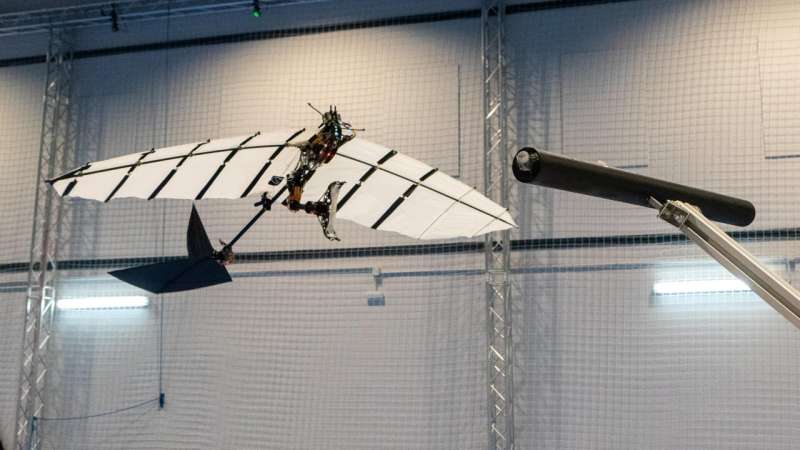
Enhancing strength and accuracy while reducing weight and speed
Engineering challenges included controlling numerous parameters that nature has previously so expertly regulated in order to land an ornithopter on a perch without any external commands. As it perched, the ornithopter needed to be able to considerably slow down while keeping flying. The claw has to be powerful enough to hold the perch and sustain the robot’s weight without being too heavy to lift. That’s one of the reasons we chose a single claw rather than two, says Zufferey. The robot also needed to be able to understand how its surroundings and the object in front of it relate to its own position, speed, and trajectory.
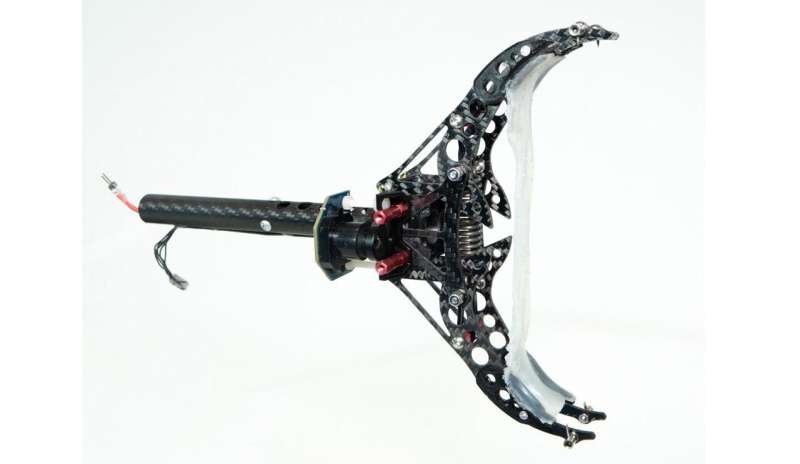
The ornithopter was outfitted with a fully on-board computer and navigation system, which the researchers used in conjunction with an external motion-capture system to aid with positioning. As it attempted to focus on and hold the perch, the ornithopter’s leg-claw appendage was finely adjusted to account for the up-and-down oscillations of flight. The claw was built to hold the robot’s weight and absorb the robot’s forward motion when it hit. It was also built to close swiftly and solidly. Once perched, the robot stays there without using any energy.
Zufferey and his colleagues built not one but two claw-footed ornithopters to repeat their perching results despite all of these considerations.
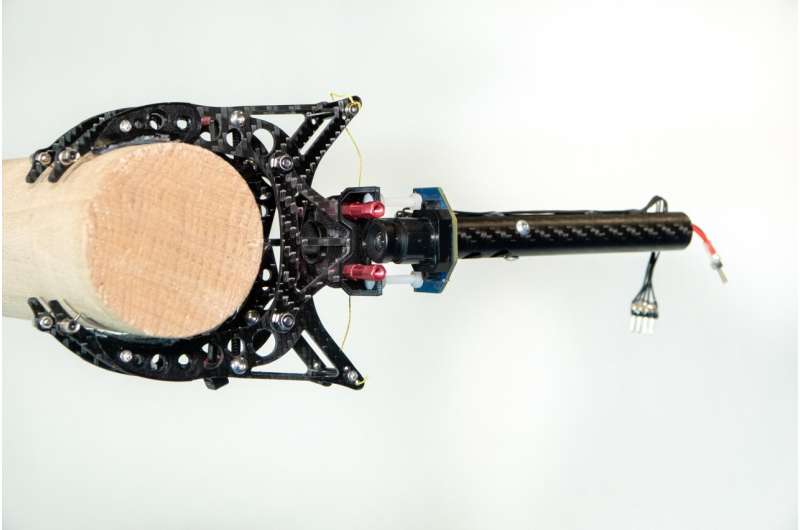
Zufferey is already considering how their product might be enhanced and expanded in the future, particularly for use outside. “Because we need a regulated flight zone with exact localisation from the motion capture system, the flight studies are now conducted inside. In the future, we want to give the robot more autonomy so that it can conduct perching and manipulation duties outside in a less controlled environment.”
Reference: Ecole Polytechnique Federale de Lausanne , techxplore.com, Nature Communications Journal, Raphael Zufferey et al, How ornithopters can perch autonomously on a branch, Nature Communications (2022). DOI: 10.1038/s41467-022-35356-5









